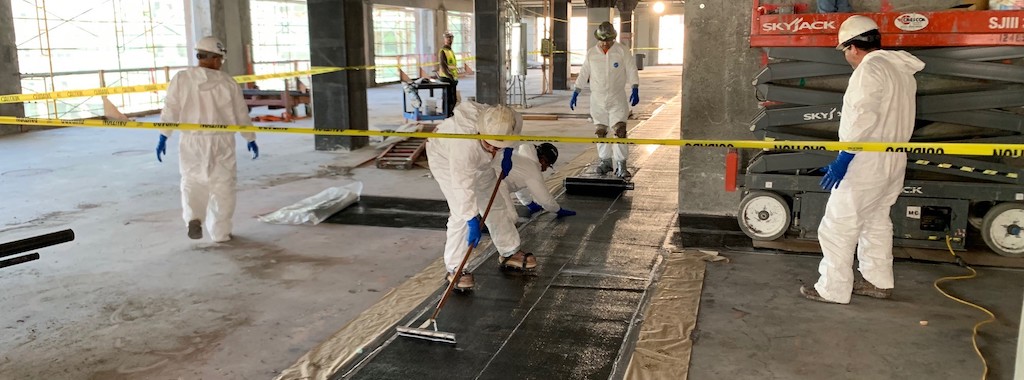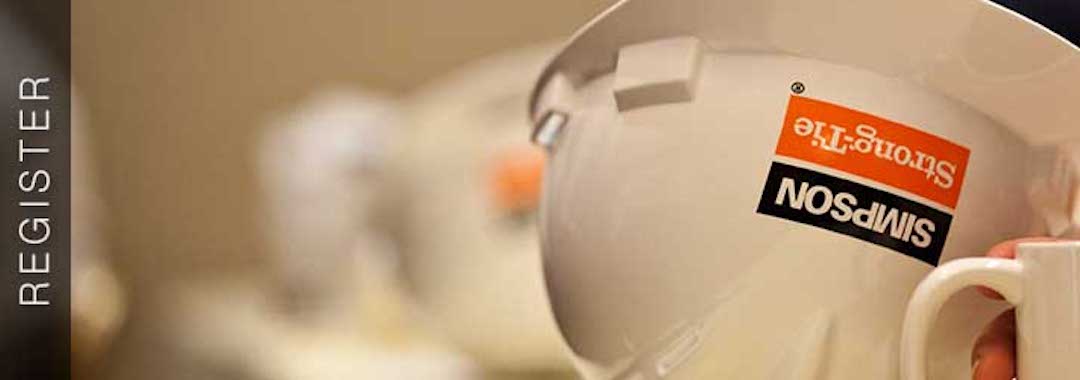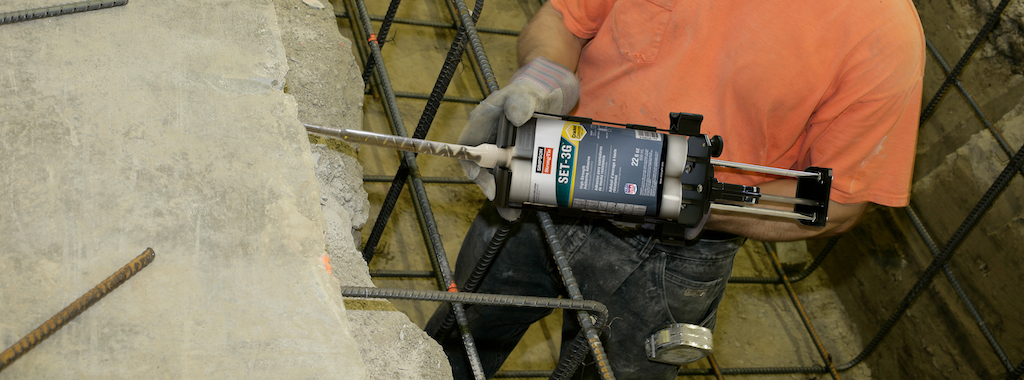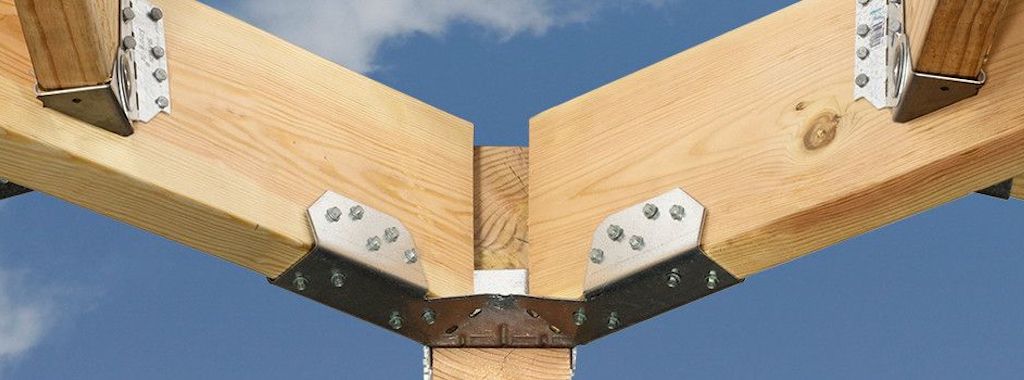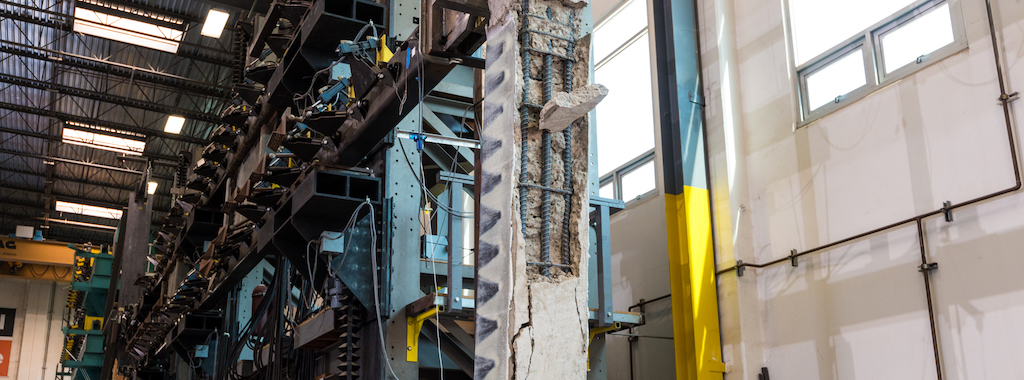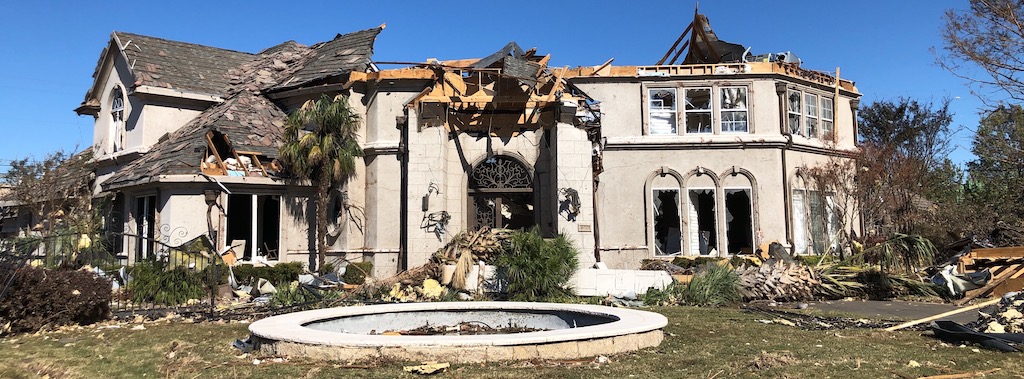We’re pleased to announce that our Composite Strengthening Systems (CSS) code report, ESR-3403, has been revised to recognize Simpson Strong-Tie fiber-reinforced polymers (FRP) for concrete diaphragm applications. These FRP fabrics can be used to strengthen diaphragms for in-plane shear, flexure (chords), and axial tension (collectors) to resist seismic or wind loading.
Improve Your Structural Steel Designs with the Yield-Link® Software Webinar Series
With the introduction of the Simpson Strong-Tie Yield-Link® moment connection for steel construction, the engineering and software development teams at Simpson Strong-Tie created multiple design tools to support users in their specification of the Yield-Link technology. These tools range from a connection modeling guide and plugins for designers to detailing software add-ins for detailers. The Yield-Link moment connection simplifies structural steel design while providing a connection that keeps steel buildings strong and safe.
2020 Simpson Strong-Tie Scholarship Students’ Questions Answered
Every year Simpson Strong-Tie hosts our scholarship students at our home office. It provides the students with an opportunity to meet face to face with experts in the industry, have one-on-one sessions with mentors, and tour our manufacturing and testing facilities. Not surprisingly to anyone, 2020 threw a pandemic-sized bucket of water on our annual plans. We needed to think outside the box to provide these students with opportunities to ask the questions they would have normally brought to California.
Case Study: Gruening Middle School’s Seismic Damage Repair Solution
It can be a challenge to repair an earthquake-damaged structure.
During the 7.1-magnitude 2018 Anchorage earthquake, Gruening Middle School in Eagle River sustained more damage than any other school in the Anchorage School District. Review of the school showed the existing masonry walls suffered damage and separation from the roof. During the retrofit design, the Reid Middleton structural engineering team (Anchorage) determined the masonry walls weren’t adequately reinforced to meet current code requirements. They were seeking an easy-to-install strengthening solution that wouldn’t add significant weight to the building.
Specifying Simpson Strong-Tie® Products in Your Designs Just Got Easier
Specifying products into building designs is a daily process for engineers, architects and drafters. Simpson Strong-Tie understands that the specification process can be daunting and complex. And when it comes to the multiple steps involved in importing CAD content into your designs, we want to do everything we can to remove those challenges.
Build Change: My Favorite Child
With the growing danger of natural disasters, the race is on to expand access to programs that safeguard lives from the human-made danger of poorly built housing. With the common mission of building safer, stronger structures, Build Change and Simpson Strong-Tie have partnered for the Simpson Strong-Tie® Fellowship for Engineering Excellence program. This year’s fellow is Build Change Engineering & Design Services Director Tim Hart, SE. As with our previous fellows, Hart is documenting his journey with the program on the Simpson Strong-Tie Structural Engineering blog. This is his final report.
In 2017, when I was in Nepal working for Build Change, I had a conversation with one of my colleagues about the volunteer work that I had done for the organization over the years. After telling him that I had worked with seven different country programs for Build Change, he asked me which of those countries I liked the best. My first thought was that it was like asking a parent which child he or she liked the best; even if I did have a favorite, I didn’t want to say it out loud for fear of offending my colleagues and friends in all the other countries. I said this to him to deflect the conversation and we went on to discuss other topics. Truth be told, while I enjoyed the culture and hospitality of all my Build Change host countries and believe in the value of the work I’ve done for them , I have a special soft spot for two of them: Indonesia and Nepal.
Reasons to Specify SET-3G Adhesive for Anchorage in Concrete Construction
We’ve been receiving a lot of requests lately from engineers wanting to know exactly what the difference is between Simpson Strong-Tie’s relatively new adhesive, SET-3G™, and its predecessor, SET-XP®. Both are epoxy-based adhesives used to anchor threaded rods and reinforcing bars in concrete base material for structural applications. If you perform a live pull test on a ½“-diameter mild steel rod embedded 4“ deep in 3,000 psi uncracked normal-weight concrete, the result will likely be the same; in both cases, the steel rod will break in a ductile manner at around 11 kips. You can see this hourglass-shaped steel failure mode happening in Figure 1. (To learn more about anchorage failure modes and ductility, check out this blog). Yet, the SET-3G design values shown in ESR-4057 come out ahead. But why?
Building Stronger Stick-Frame Roofs: Code Requirements and Connection Solutions
While stick-frame roofs are sometimes preferred to premanufactured roof trusses in some areas of the country because they can accommodate larger attics, higher ceilings, and complex roof shapes, the code requirements for these roofs are often more complex. That’s largely because, unlike truss-framed roofs, the code needs to provide a complete prescriptive method of building the roof, including the multitude of connections that must be made in the field. And, to complicate matters further, the code requirements for stick-frame roofing have been rewritten in each of the last two code cycles. I’d like to give you a high-level overview of some of those changes. In a previous SE Blog post, we discussed the design concepts of stick-framed roofs, and summarized a few of the solutions offered by the Simpson Strong-Tie® connector system for stick-frame roofing. The main concept in that post was the necessity of a continuous tie across the bottom of the rafter system to prevent the heels of the rafters from spreading under load and pushing out on the tops of the walls.
Risk-Taking Innovation Leads to New FRP Strengthening Application
At Simpson Strong-Tie, we’re always seeking out new opportunities for innovation while helping customers find solutions to new challenges. In fact, “relentless customer focus” and “risk-taking innovation” are two of our nine company values. These two values recently came into play with a challenge to test our Composite Strengthening Systems™ FRP products in a new application on a 17-foot-tall concrete column.
The Importance of a Continuous Load Path — Lessons Learned from Recent High-Wind Events
Hurricane season is in full swing, and we’ve had a record number of named storms to date. With each one, Mother Nature has taken the opportunity to remind us of her awesome power and teach us how we can improve our built environment in preparation for the next. One of the lessons we’re regularly reminded of is the importance of a successfully implemented continuous load path and its role in keeping a structure intact.

